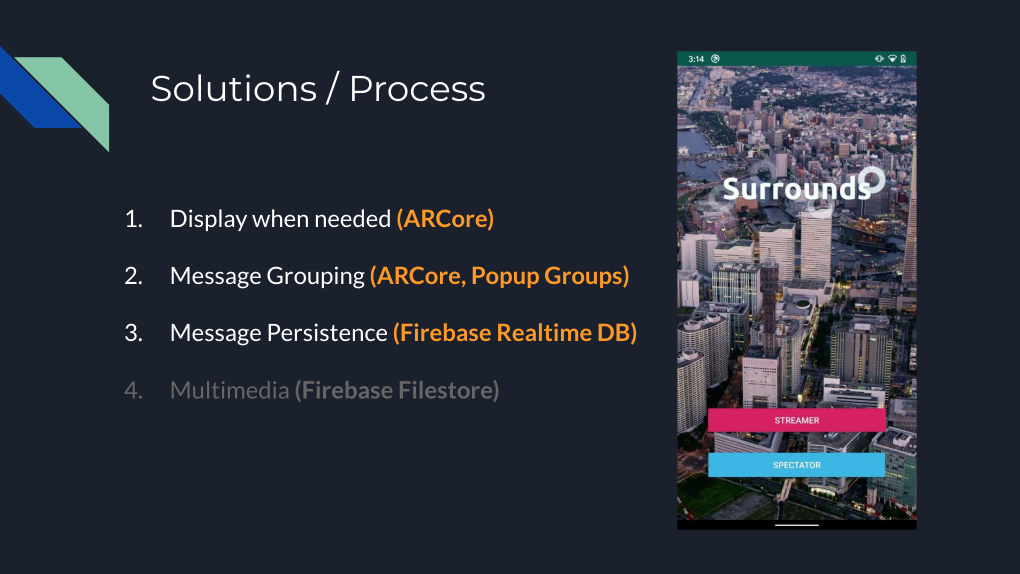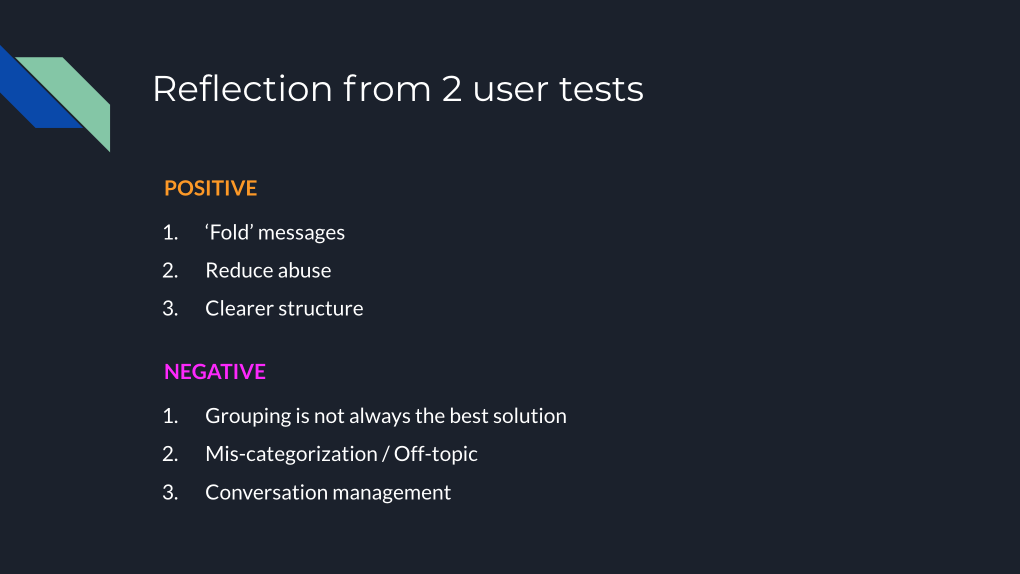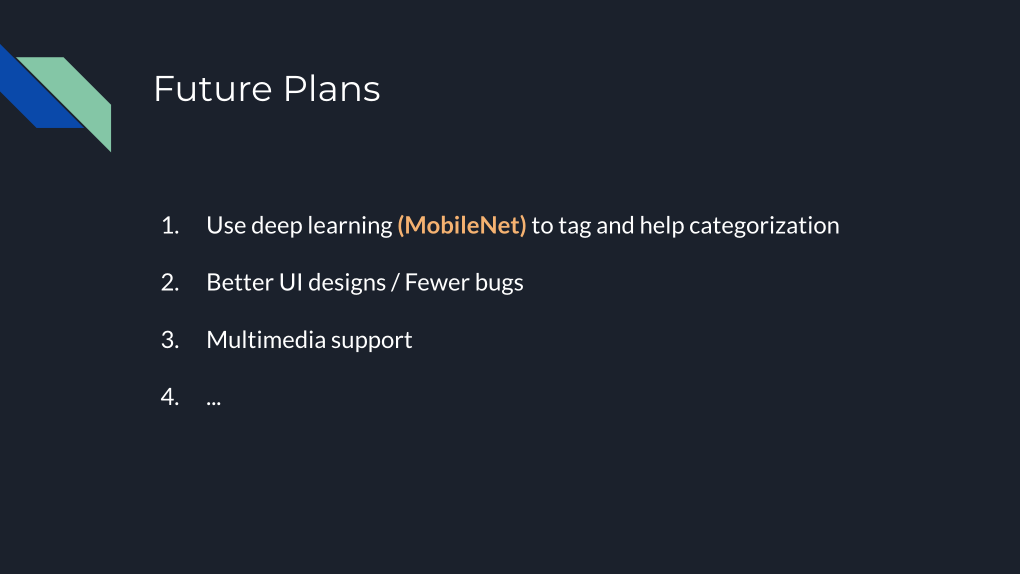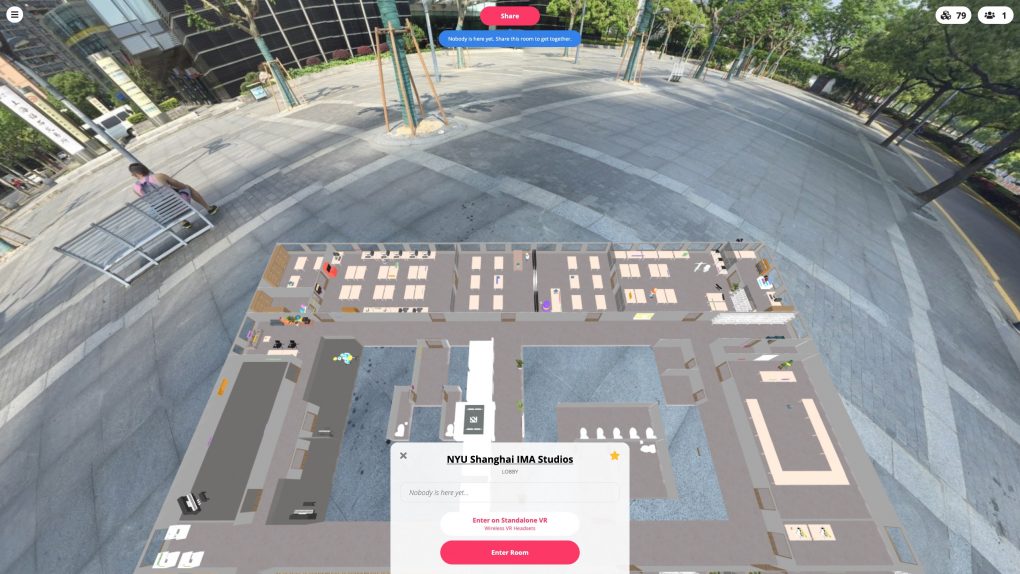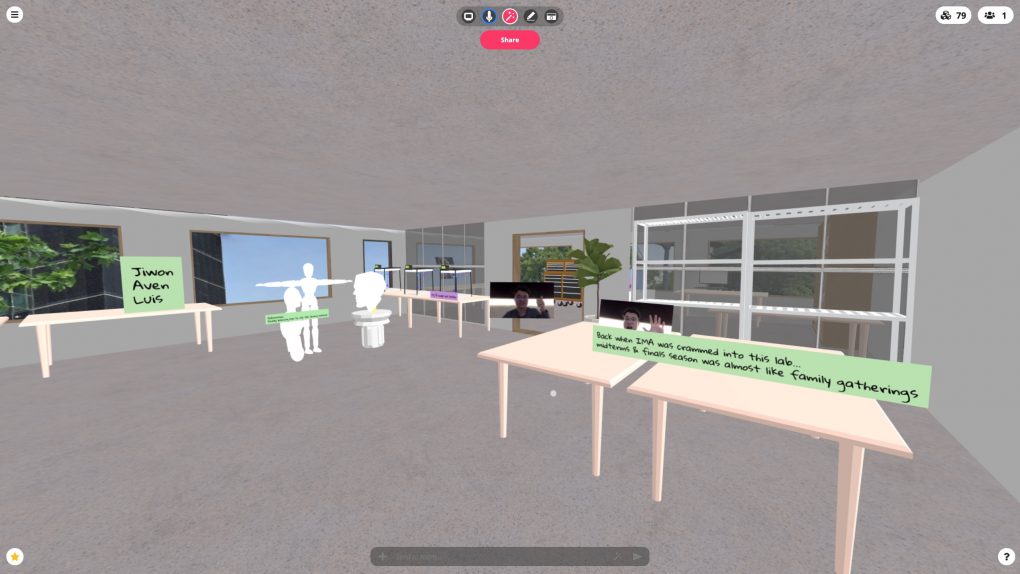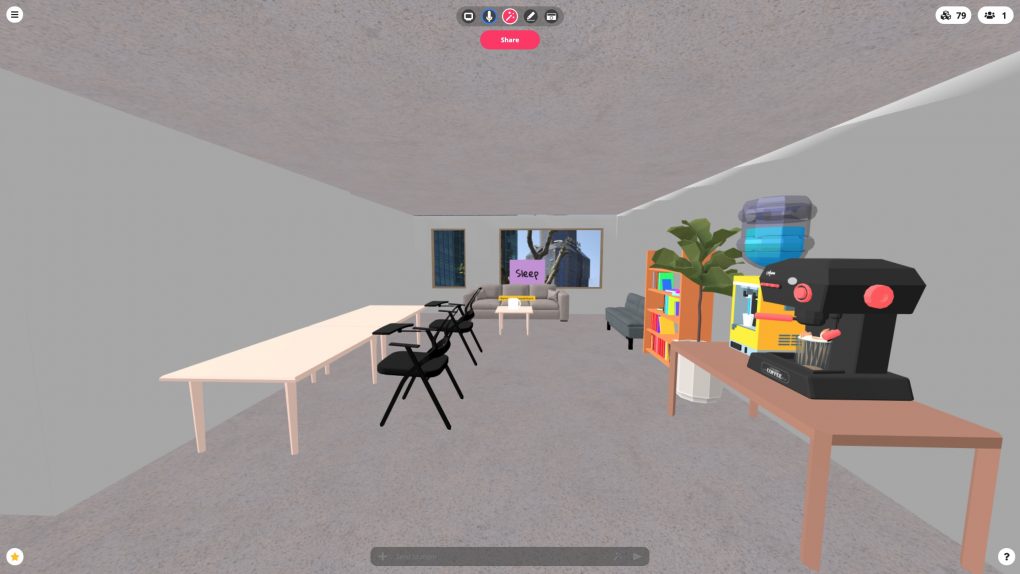A digital subjective map of the 8th floor IMA space at the NYUSH Pudong campus, where users leave and share their memories attached to any location.
Zheng Zhang
https://youtu.be/plVQvrSiIhQ
Description
Distinct from traditional mapping/cartography which intends to represent a territory as close to reality as possible, subjective mapping aims at producing a map using one’s own physical sense, emotion and memories that are not necessarily objective. Subjective mapping can be understood as the cognitive process that one reproduces his/her “story of experiences” at a specific location through making a map of the place (Nomadways). In creating such a map, one “stores and expresses his/her emotions into minimalistic shapes”.
The physical territory of the IMA spaces, added with personal annotations, is a community-created subjective map. The idea of this project is born from the context that our school is moving to a new campus in the Shanghai Qiantan area, and the current building will no longer be accessible by the NYU Shanghai community.
This project is aimed at creating a digital heritage of the current campus with students’ memory attachments, so that we can go back and revisit our alma mater when we are not able to do so physically in the future. Given the COVID-19 situation, the goal of this project can be extended to provide a community space for students, fellows and faculties to bond with each other while the campus is inaccessible. The project utilizes 1) Mozilla Hubs as the frontend and backend to host both the virtual space of the Pudong campus as well as personal memory pins in various forms, and 2) Spoke by Mozilla to create the 3D model of the campus itself. Given time constraints, this project focuses on objectively mapping the 8th floor of the Pudong campus and intends to create a subjective map of spaces related to IMA. The project will allow users to immerse themselves in the building, interact with other online users, and to drop down “pins of memory” at any location.
In a broader sense, this project will enable the current and future NYU Shanghai community to have an accessible space to document their individual attachments about the Pudong campus. Furthermore, it can also be a place for people to share their attachments, and thus enhance connections within the community.
IMA/IMB Shanghai
INTM-SHU.401.2
Capstone Studio (Shanghai)
VR\\AR,Tool\\Service



